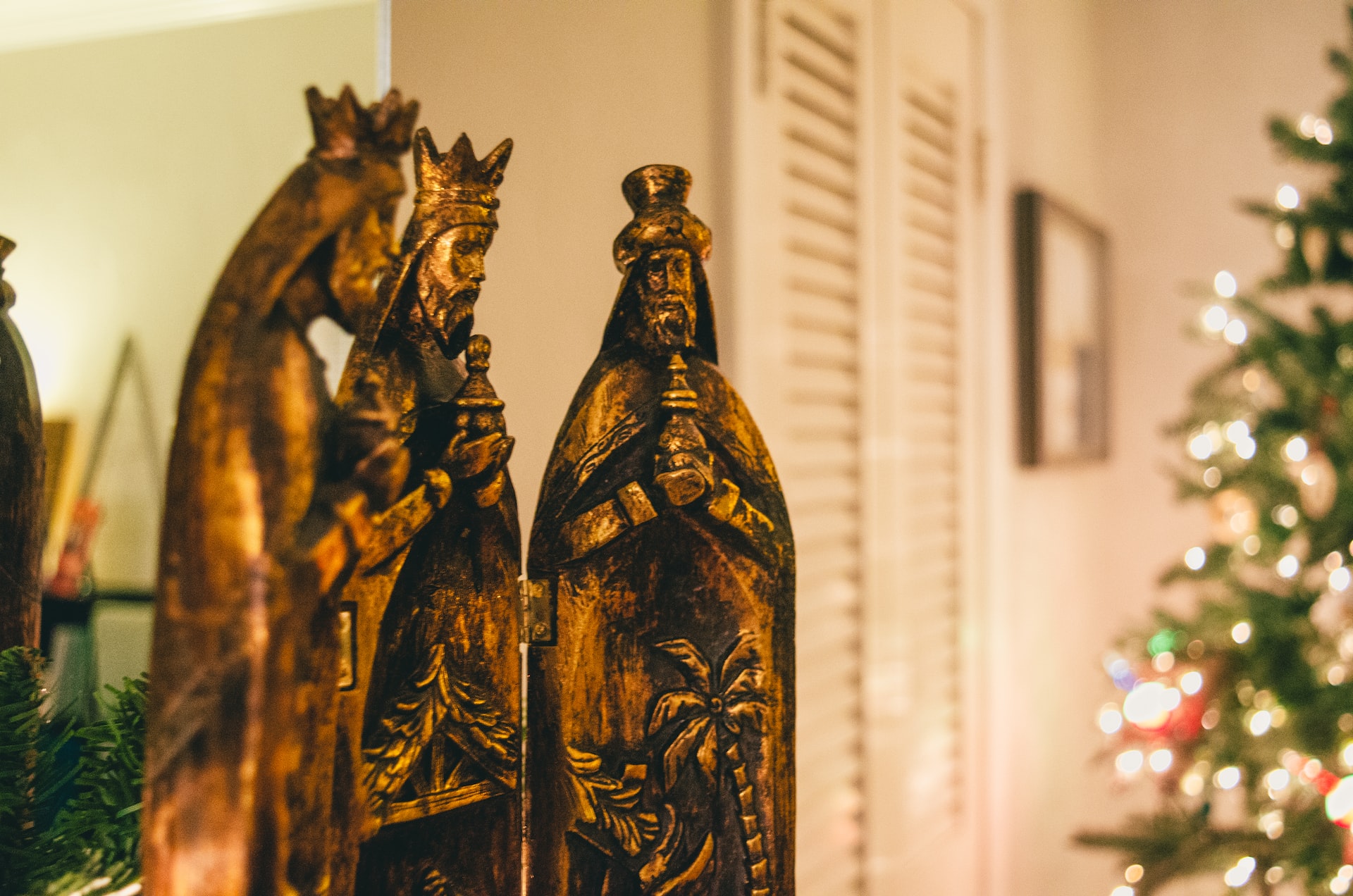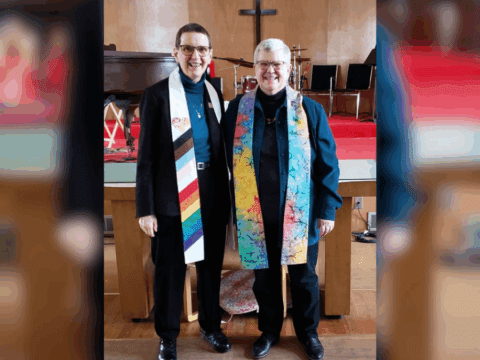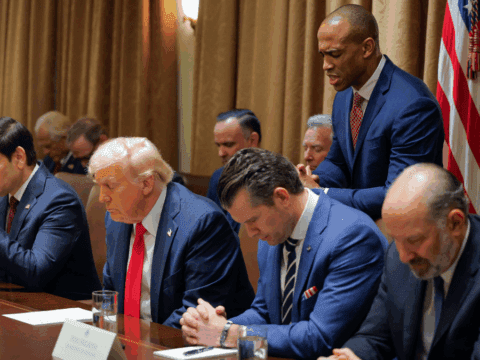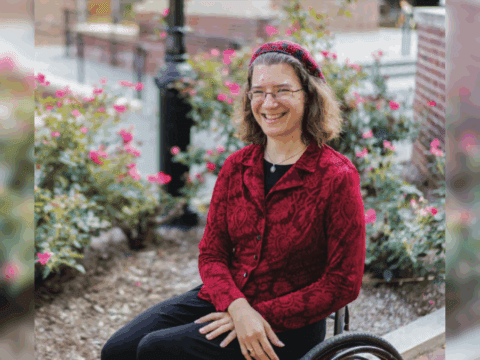One day, I went into my minister’s study around Christmastime and saw a coffee mug on his desk. The mug had a picture of the three wise men on camels. The first one, wearing a sheepish expression, was looking back at the other two. The caption underneath read, “You know my wife thinks we’re crazy.”
The story of the wise men, who follow a star to worship a baby, born to a people not their own, has for centuries captured the imaginations of those who celebrate the first Christmas. Much has been written around and about the story. The wise men, with their ornate robes, crowns, expensive gifts and star have been favourites in Christmas pageants.
When the McLaughlin Planetarium still existed in Toronto, their Christmas show was titled “The Star of Bethlehem.” I went to see it because I was curious to see what a place like a planetarium would do with this story. Did such a star really exist or was it just some fanciful element in a feel-good Christmas story?
Once inside the darkened planetarium, the narrator started out by providing a list of possibilities for the existence of the star. The list appeared, miraculously, up in the sky amongst the stars. One by one, the narrator discounted the possibilities. Was it a supernova? Probably not, since there are no other accounts or drawings of such an event at that time. Whenever a supernova has appeared at other times in the past, there were either writings or drawings regarding the phenomenon.
The narrator went on to discount several other theories and I wondered if we would be told that the Star of Bethlehem was a nice story but couldn’t possibly exist. As a Christmas presentation, this might be akin to bringing together a group of children for breakfast with Santa Claus and then telling them that Santa Claus wasn’t real.
Finally the narrator got to his last theory — that the wise men were Zoroastrians who spent their time studying the stars. They believed that when a certain star, which was probably a planet, moved into a constellation which they believed represented the House of David, a king would be born in the House of David. When this actually did occur, they began their journey, looking for this king.
More from Broadview:
- Maybe it’s time to take the Advent call to repentance seriously
- Beloved Christmas dessert recipes and more holiday food ideas from our editors
- 1 Corinthians 13 forced me to look at love in a new light
If this was the case, they were not following a bright, spectacular heavenly guide, but rather a subtle sign, visible to all but meaningful only to them. It makes sense in the story, because when they stop in Jerusalem to ask where the king of the Jews has been born, King Herod is distraught. According to the story, they tell him that they have seen the new king’s star in the East and have come to worship him. There is no account of Herod stepping outside to get a good look at this star. He doesn’t say, “Show me.” Instead, after ordering his scribes to check for prophecies, he tells the magi to find the baby and come back and tell him where the baby is, so he can pay a visit himself. If the star of Bethlehem was a truly unusual star or a supernova, Herod could have found his own way.
What then, does this do with the Star of Bethlehem, the bright star that shines above in every staged nativity drama? Does this theory diminish the story? I think not.
If the wise men in the story are following a sign that they have read in the sky, a sign that they can see and interpret because of their studies, the story tells us something significant about searching for and ultimately discovering the signposts of life. These signposts don’t often come to us in great splashes of light. They are often not as clearly visible as a guiding star. To find our way through life, its relationships, its opportunities and its meanings takes work and study. Why are we here? Where are we going? For most of us, the answers don’t come in blinding flashes, but rather in subtle signs that only become obvious when we learn how to look for them.
***
Sylvia Grant lives in Guelph, Ont., where she is a member of Trinity United.
















As Father Richard Rohr would say, some need certainty and others feel the wonder of mystery and meaning